Robusta Fine Coffee Bean Flavor Description Manor Taste Features Introduction to the region
Arabica coffee is known to taste better than Robusta coffee, so specialty coffee is mostly Arabica, while Robusta coffee is more often found in Italian beans.
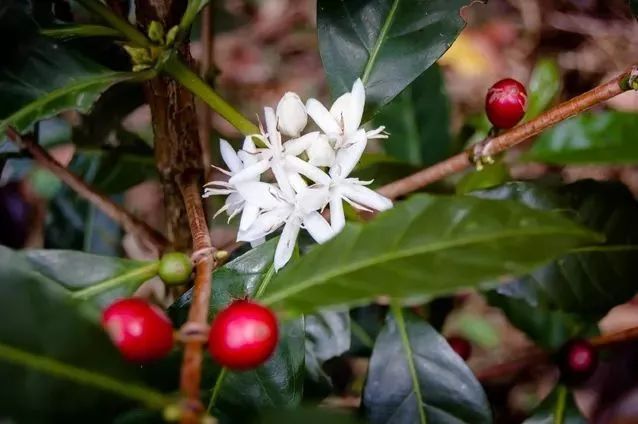
Although Robusta's overall flavor is not as good as Arabica's, why are there so many growing areas? In fact, Robusta still had certain advantages. For example, Arabica is more picky about the growth environment, with shade trees at high altitude, but poor disease resistance and relatively low yield; while Robusta coffee has lower requirements for growth environment, strong disease resistance and high yield. We all know that coffee beans at high altitudes naturally taste better, such as: Panama Emerald Estate's rose summer coffee and Ethiopia's rose summer flavor is very different. Robusta coffee is low altitude and naturally not as good as colabica, so more often, Robusta coffee appears as commercial blend espresso or instant coffee.
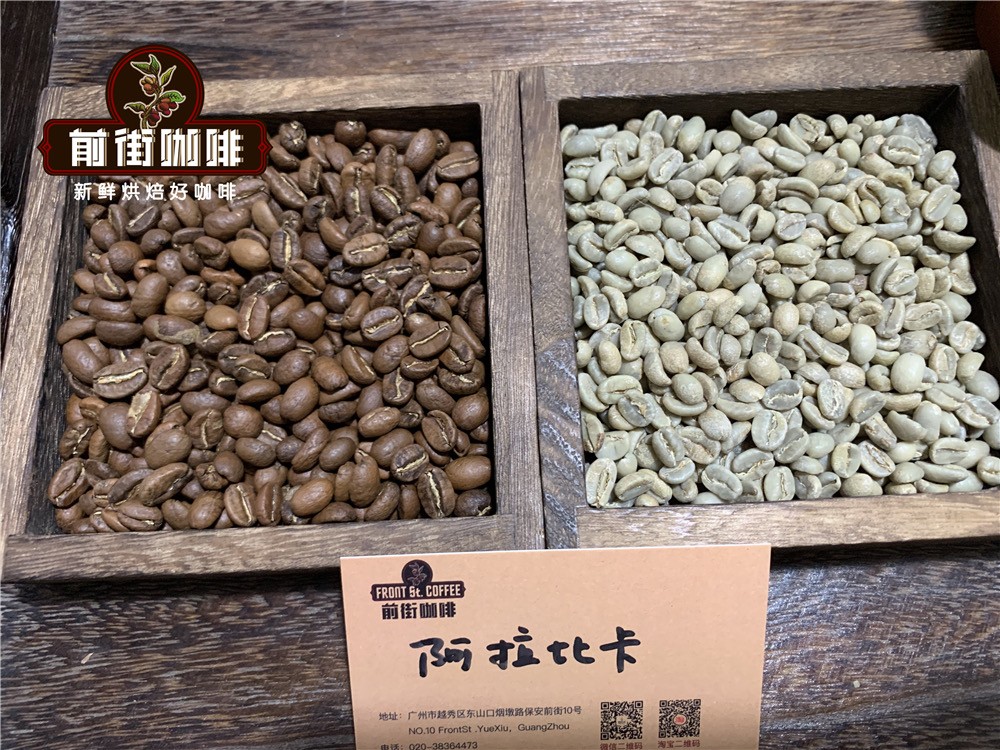
Arabica coffee tree shrubs leaves are oval green, natural growth height can reach 5 to 6 meters, Arabica coffee tree life span of 20 to 30 years, but the yield of each Arabica coffee tree is low, it produces coffee beans account for about 75% of the world. Robusta coffee beans, Robusta coffee tree plants belong to a relatively robust shrub form, suitable for planting in tropical or subtropical areas with an altitude of 200 to 800 meters, strong growth vitality, low growth environment requirements, strong adaptability, low planting cost and high yield.
Robusta
Arabica coffee is small coffee, robusta coffee is medium coffee, and canefla coffee is proper coffee. Robusta originated in the Congo region of West Africa. Robusta is a widely cultivated subspecies of Kanefra species, so Robusta almost replaced Kanefra as a synonym for this species. Robusta originated in the Congo (basin) area of West Africa and is widely cultivated because of its low altitude, high yield and easy cultivation. Its coffee production accounts for 20 -30% of global coffee production.
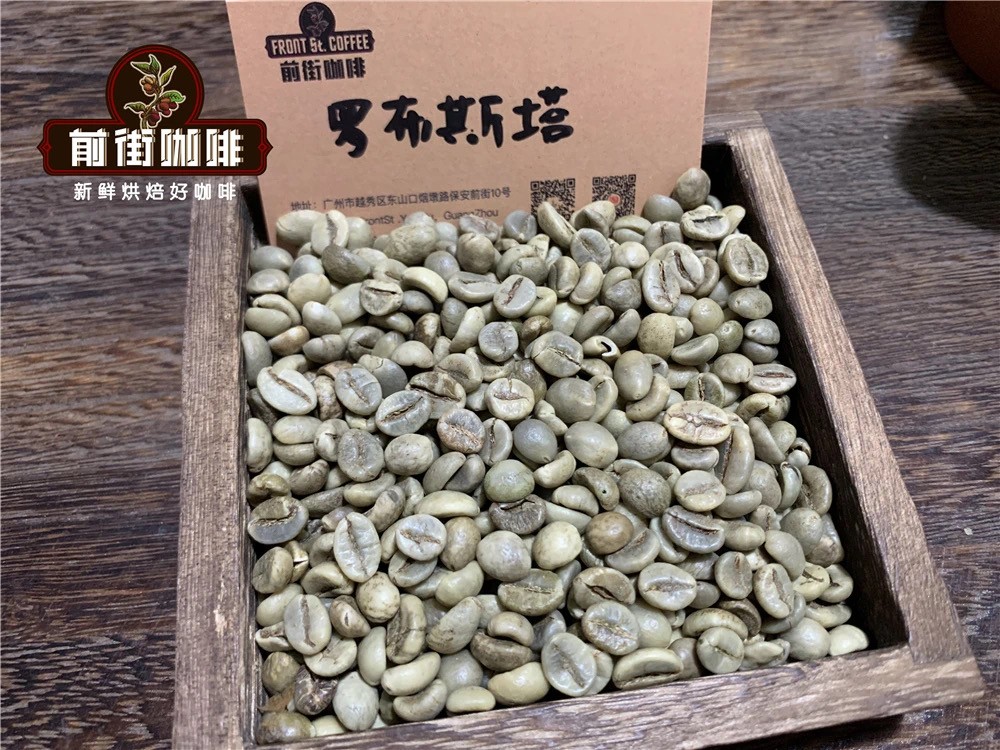
Robusta coffee beans
Robusta coffee beans are one fruit per bean. Robusta's shape is round and C-shaped; the center line is "1"-shaped, and the color of the raw beans is yellow-brown.
Is Robusta coffee a specialty coffee?
Due to its high caffeine content and fat content, Robusta was often used in the recipe for espresso beans during the global craze for espresso, when coffee was drunk in large part for caffeine. The caffeine content is much higher than that of Arabica, which is about 3.2%.
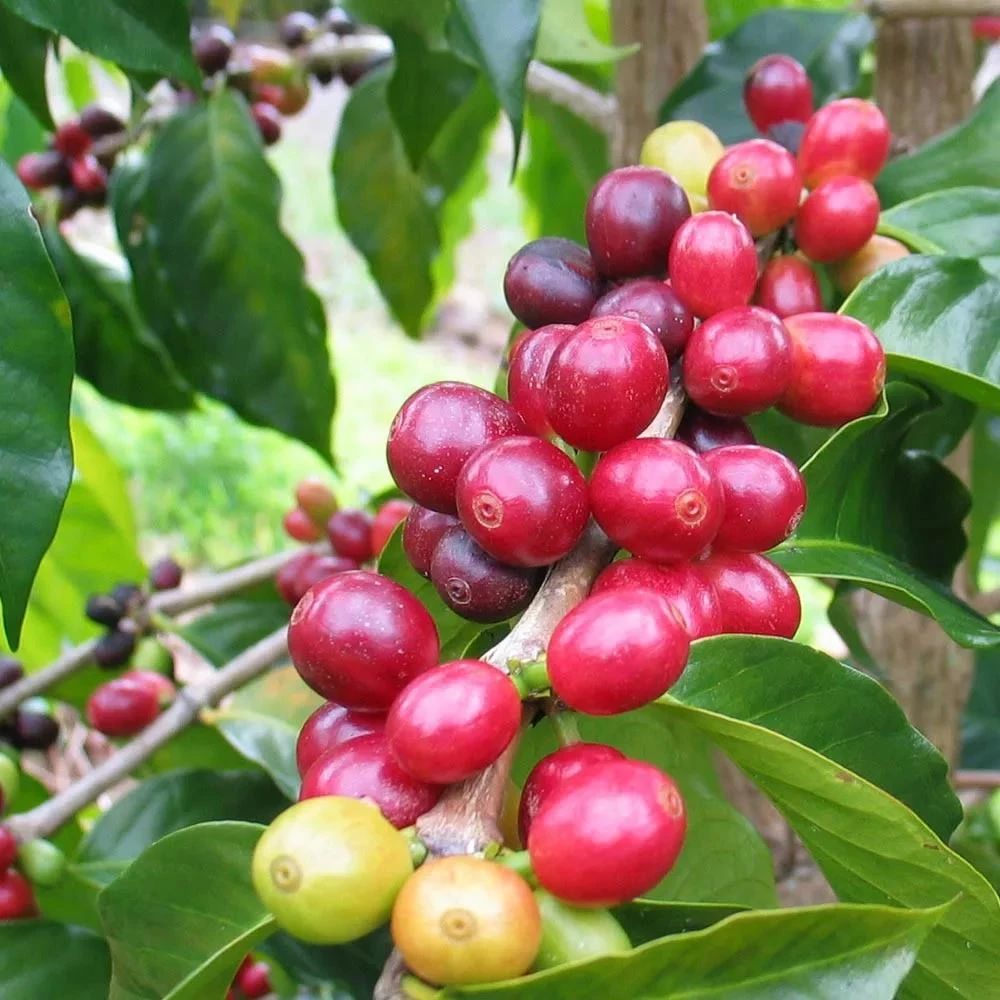
But later, the concept of fine coffee was put forward, and people began to pay attention to the flavor of the origin. Robusta itself has bitter flavors, as well as walnut, peanut, hazelnut, and smoky flavors, which are not very good in coffee. Most importantly, its Arabica counterpart, after being sorted out by origin, has a flavor performance that is several blocks away from Robusta. It's a congenital problem. Robusta's flavor performance is far less pleasing than Arabica, which is why people tend to choose Arabica.
The main producers of Robusta beans are Indonesia, Vietnam and West African countries centered on Algeria, Angola.
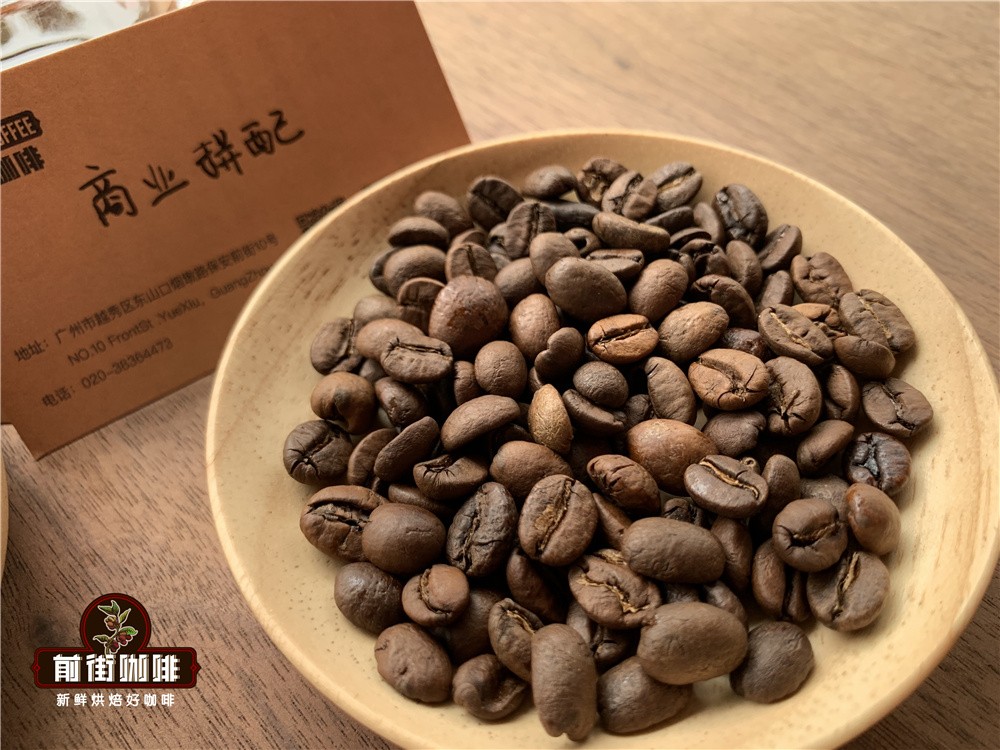
Robusta beans are commonly used in instant coffee, canned coffee, liquid coffee and other industrial coffee production, it extracts coffee liquid about twice as much as Arabica, caffeine content is much higher than Arabica.
Vietnamese coffee is predominantly Robusta, with perhaps a small amount of Arabica grown, and Vietnamese coffee is also an essential part of many commercial blends. One of the beans on Front Street is Robusta beans from Vietnam, which are used in Front Street commercial spelling.
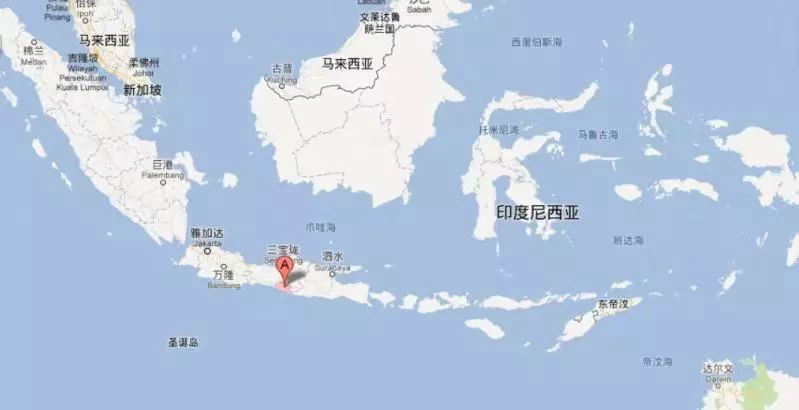
Coffee is grown on all Indonesian islands, and coffee trees were introduced to Indonesia by the Dutch in the mid-17th century. 1712 The first coffee from Java arrives in Amsterdam. In 1877, coffee trees on all plantations were destroyed by coffee rust, and Robusta coffee trees had to be imported from Africa to replace the original species. Indonesia is the world's leading producer of Robusta coffee.
Indian coffee is grown mainly in the western Ghats of southern India to the Arabian Sea area, more well-known are sold under the name of Maisuo and Malabar.
Monsoon Malaba is a coffee with Indian characteristics. It was made from coffee beans transported from Malaba coast to Europe in those years. Because of the sea breeze blowing on the raw beans for a long time during the voyage, the appearance and taste changed, and this taste gradually became the taste that Europeans used to and liked.
This later became a special way to treat coffee beans-after harvesting, coffee beans were specially placed in humid monsoon for a few months to turn yellow and white and reduce the acidity, and we bought Monsooned Malabar (also known as monsoon coffee).
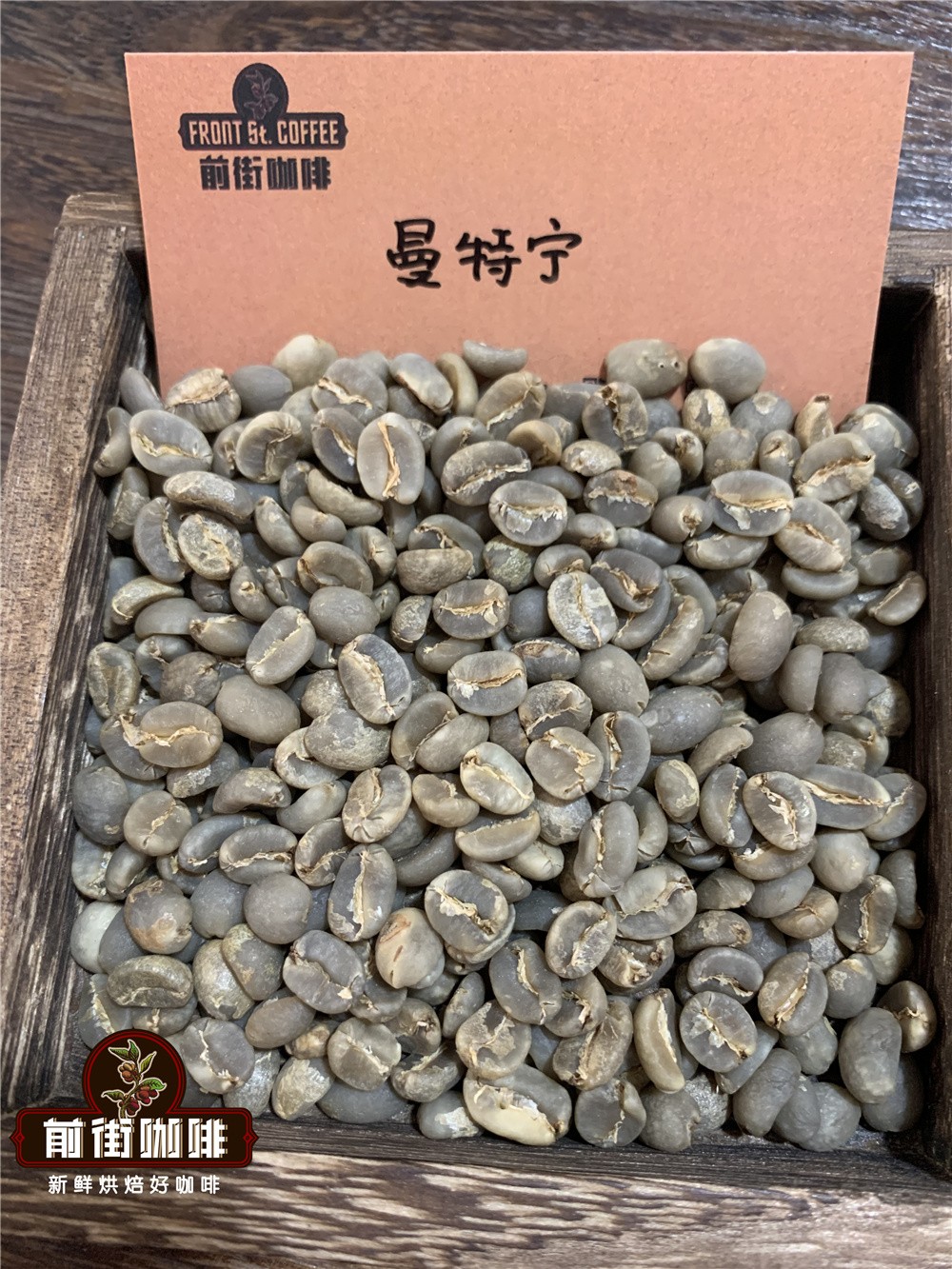
Asia's best-known coffee producers are the Malay islands of Sumatra, Java and Kalimantan. Sumatra mantinin coffee from Sumatra, Indonesia is the most famous of these, and it has two famous names, Sumatra mantinin DP First Class and Sumatra Mantinin Collection. Sumatra Mantenin DP has a long aftertaste and a wild fragrance, which is characteristic of the earthy taste of virgin forests. In fact, Mantenin's mellowness was a very masculine feeling.
Mantenin coffee is produced in Sumatra, Indonesia, Asia, otherwise known as "Sumatra coffee." The main habitats are Java, Sulawesi and Sumatra, 90% of which are Robusta species. The most famous of these is the "Mantelin" from Sumatra.

Indonesia's most famous mantenin coffee is the timtim variety, which refers to Arabica coffee beans grown in Sumatra, Indonesia. The varieties are mainly timtim or ateng varieties. Timtim is Timor, an Arabica variety of Robusta descent, while Ateng is Catimor, a hybrid of Kadura and Timo.
Both varieties have genes for arabia and robusta. Arabica brings a better coffee flavor to coffee, and Robusta brings a better resistance to insects and diseases, suitable for growing in Indonesia's hot and humid climate.
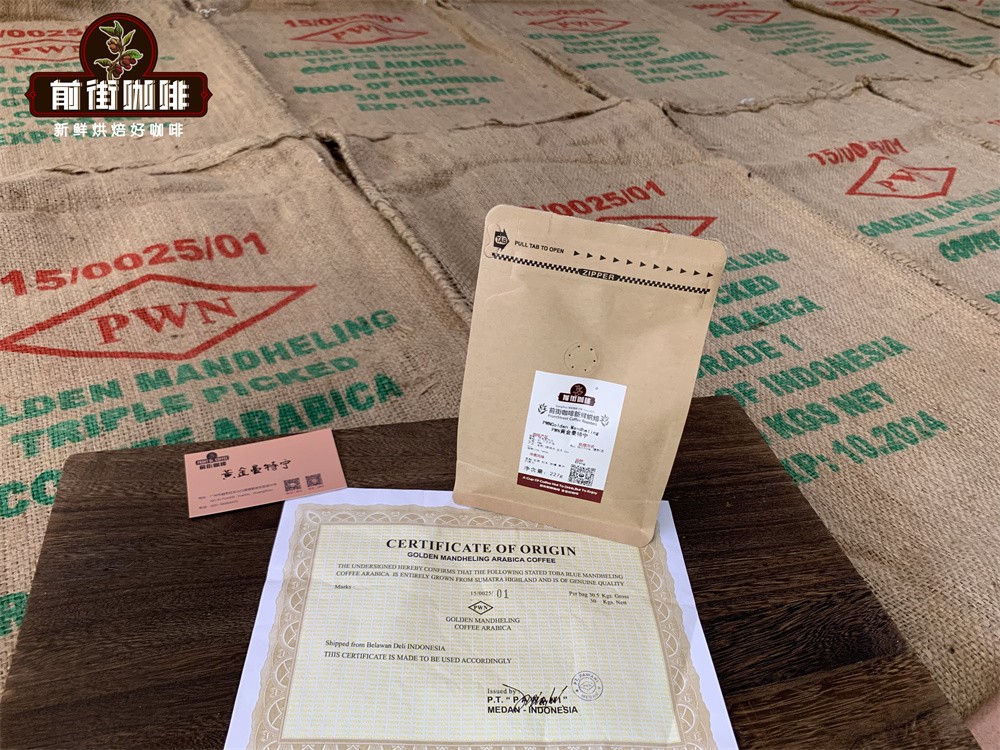
Robusta gene has a bad place, that is, its own flavor is relatively rough, not very good to drink, not only mantenin varieties mainly Arabica gene, but also can not completely eliminate Robusta dull tonality, plus Indonesia unique coffee processing method "hard core" operation.
Therefore, no matter what kind of mantnin coffee beans, they will show rich flavors such as herbs, spices and cocoa, low acidity and high body, which are unique to Sumatra.
Indonesian Mantenin Coffee Bean Treatment

The local weather is often rainy days, typhoons continue, lack of long-term sunlight, perennial high temperature and humidity, humidity as high as 70-90%, so it is impossible to rely solely on sunlight treatment. The local economy is also limited, unable to use the washing method this more expensive way, finally derived from the very local characteristics of the wet planing method. Although it contains the Robusta variety, the Manteling coffee, after a special local wet brewing method, finally becomes the world's most mellow coffee. Who says Robusta coffee doesn't taste good?
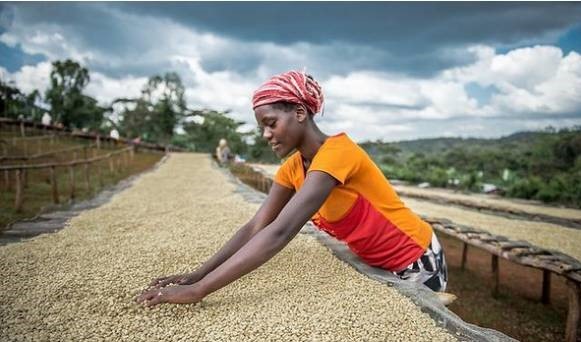
The parameters for brewing mantelin coffee on Front Street:
The KONO filter cup is used for brewing Mantning coffee in the front street. The ribs of KONO stop when they are less than half the height of the filter cup. This design is actually to ensure that the filter cup is attached to the wall of the filter cup after wet water and limit the airflow. This will increase the water absorption time of coffee powder particles, so that the extracted coffee is more uniform as a whole and enhances the mellow taste.
KONO filter cup, 88 ℃ water temperature, 1:15 powder-water ratio, 15g coffee powder, grinding degree (20 standard sieve pass rate 75%), three-stage extraction.
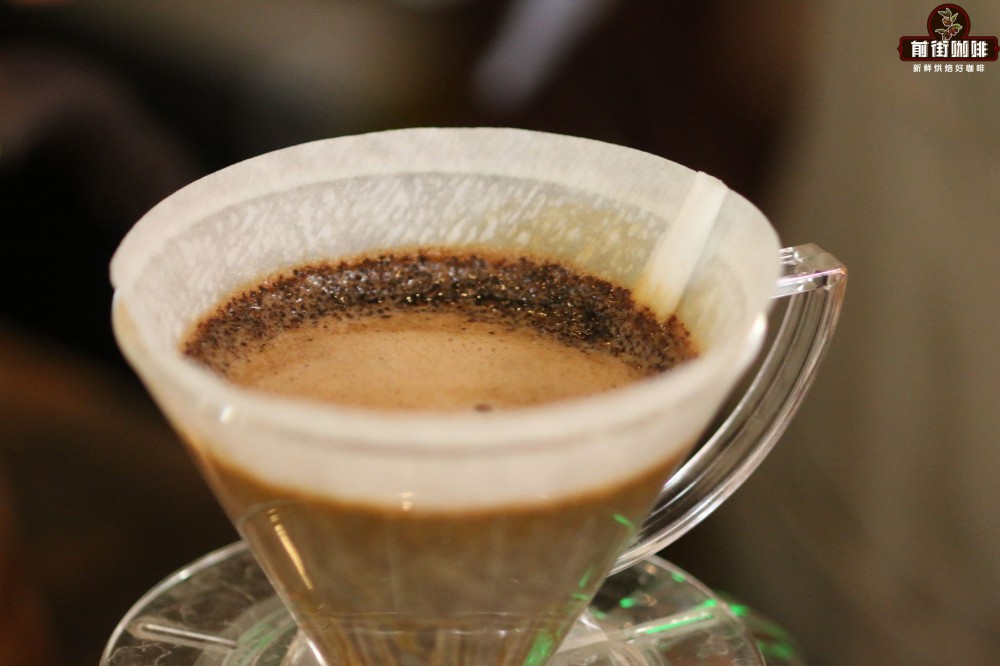
The use of segmented extraction, with 2 times the amount of coffee powder water for stewing, that is, 30 grams of water stewing for 30 seconds, and the reason for the need for stewing process, is to allow coffee powder to exhaust the internal carbon dioxide gas, so that the latter stage of extraction is more stable. Water is injected into the filter cup by small water flow in a circle until 125 grams, and then water is injected into the filter cup until 225 grams. After the water drops in the filter cup are finished, the filter cup is removed. The extraction time is 200 "from the beginning of water injection. Next, shake the whole cup of coffee evenly and pour it into the cup to taste it.
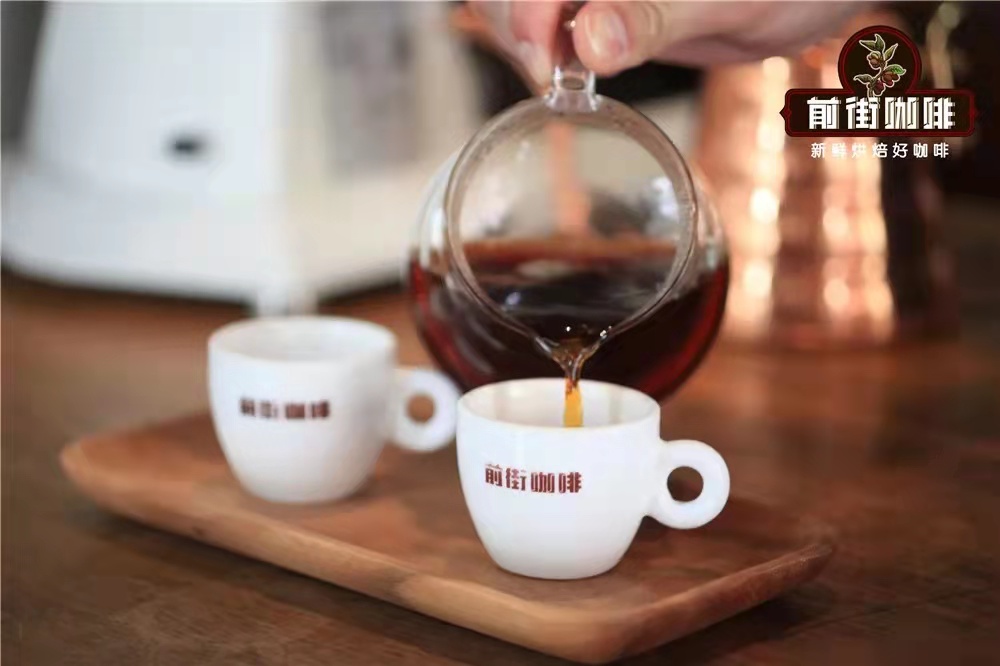
[Linton Mantning Coffee Flavor Characteristics] Herbs, chocolate, caramel, the overall balance.
[Gold Mandolin Coffee Flavor Characteristics] Nuts, spices, herbs, licorice, chocolate, caramel.
Front Street Cooking Advice:
The variety of coffee beans is important, but the freshness of coffee beans is also important. To brew a delicious cup of coffee, Front Street believes that any brewing method requires fresh coffee beans. Front Street has always believed that the freshness of coffee beans has a great relationship with the flavor of coffee. Therefore, coffee beans shipped by Front Street Coffee are roasted within 5 days. Front Street Roasters 'motto is "Freshly Roast Good Coffee," so that every customer who orders coffee receives the freshest coffee. Coffee has a growing period of 4-7 days, so when the customer gets it, the flavor is at its best.
For friends who need grinding, the front street reminds you warmly: coffee beans are ground in advance, so there is no need to raise beans, because in the process of transportation, the pressure generated by carbon dioxide in the package can also make the coffee flavor mellow, so you can drink a cup immediately after receiving coffee powder. However, coffee powder needs to be brewed in time, because coffee powder oxidizes faster after contact with air, that is to say, the flavor of coffee will disperse faster, and the flavor of coffee will not be so good. Therefore, Qianjie recommends buying whole beans and grinding them now, so as to better taste the flavor of coffee.
Professional coffee knowledge exchange More coffee bean information Please pay attention to coffee workshop (Weixin Official Accounts cafe_style)
More fine coffee beans, please add private WeChat Qianjie Coffee, WeChat: qjcoffeex
Important Notice :
前街咖啡 FrontStreet Coffee has moved to new addredd:
FrontStreet Coffee Address: 315,Donghua East Road,GuangZhou
Tel:020 38364473
- Prev
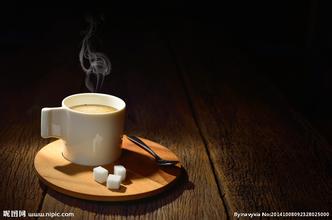
Mild and delicious Nicaragua Lakadura Coffee Flavor Description Grind Treatment Features Taste Medium
Nicaragua is now one of the poorest countries in Central America. Because of its poor economic base, the coffee industry is still in a relatively backward state, while coffee farmers are in an extremely poor state. Fortunately, Nicaragua's coffee has received some foreign aid funds to improve the quality of its coffee. Nicaragua's Madagerba, Chinodega, Segovia region of coffee
- Next

Arabica Coffee Flavor description introduction to the characteristics of High-quality Coffee Bean varieties
Arabica coffee accounts for 70% of all coffee production, and its excellent flavor and aroma make it the only coffee that Arabica beans can drink directly. However, its resistance to dryness, frost, diseases and insect pests is too low, especially the natural enemy of coffee-leaf rust, so all producing countries are committed to varieties.
Related
- Detailed explanation of Jadeite planting Land in Panamanian Jadeite Manor introduction to the grading system of Jadeite competitive bidding, Red bid, Green bid and Rose Summer
- Story of Coffee planting in Brenka region of Costa Rica Stonehenge Manor anaerobic heavy honey treatment of flavor mouth
- What's on the barrel of Blue Mountain Coffee beans?
- Can American coffee also pull flowers? How to use hot American style to pull out a good-looking pattern?
- Can you make a cold extract with coffee beans? What is the right proportion for cold-extracted coffee formula?
- Indonesian PWN Gold Mandrine Coffee Origin Features Flavor How to Chong? Mandolin coffee is American.
- A brief introduction to the flavor characteristics of Brazilian yellow bourbon coffee beans
- What is the effect of different water quality on the flavor of cold-extracted coffee? What kind of water is best for brewing coffee?
- Why do you think of Rose Summer whenever you mention Panamanian coffee?
- Introduction to the characteristics of authentic blue mountain coffee bean producing areas? What is the CIB Coffee Authority in Jamaica?

